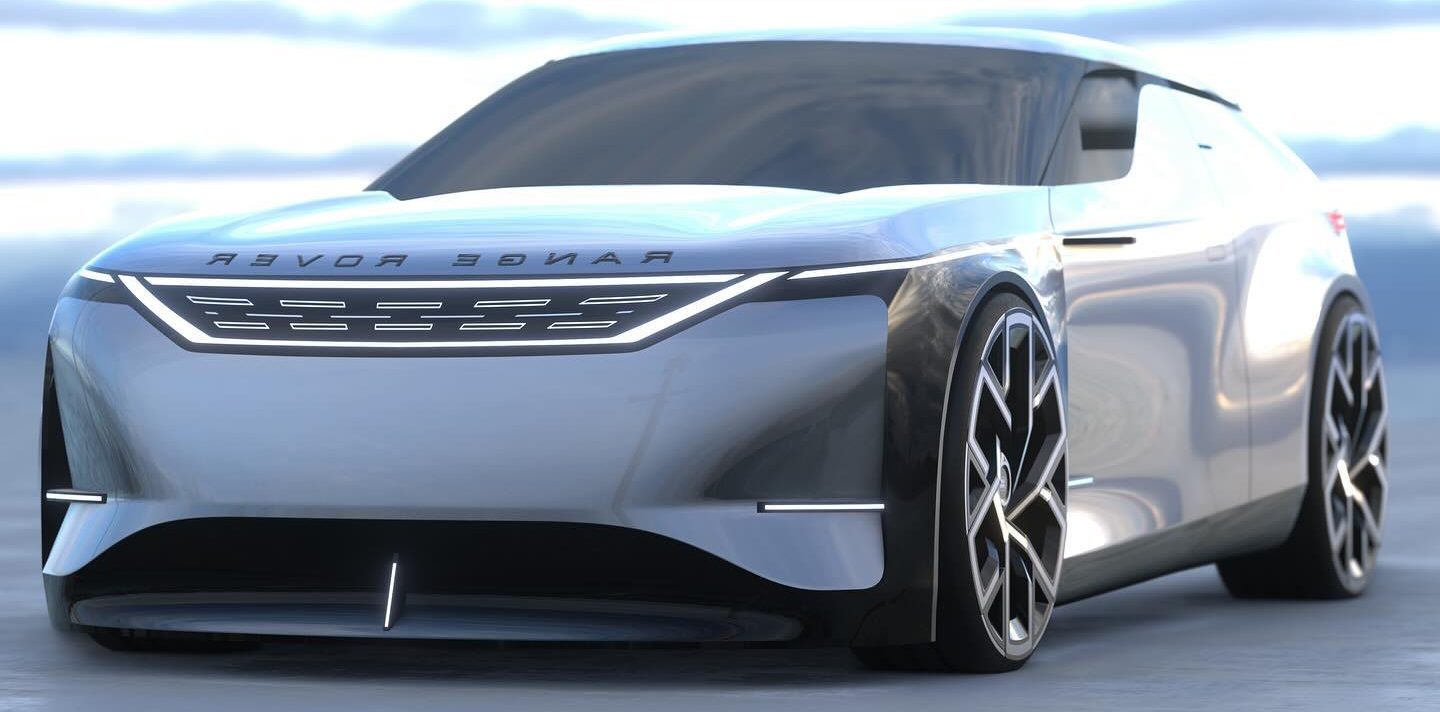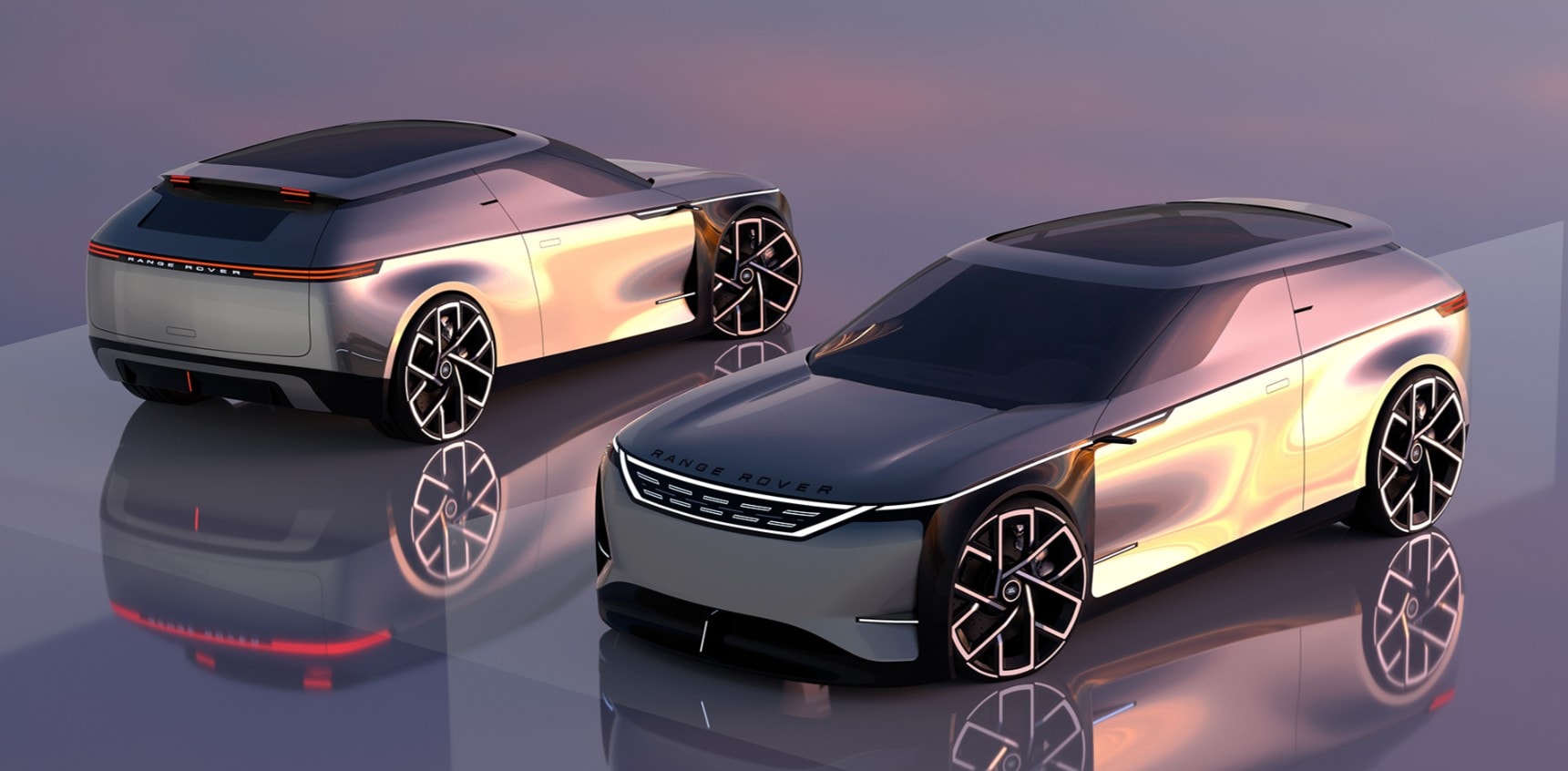Land Rover, a brand synonymous with rugged SUVs, has ventured into uncharted territory with the digital creation of the Range Rover Little Cannon. This sporty hatchback, designed by Zhe Huang, deviates significantly from the brand’s traditional high riding vehicles.
While the Range Rover Little Cannon retains the iconic Land Rover design elements, it boasts a sleek and aerodynamic exterior that hints at a potential new direction for the brand. The hatchback’s lower stance and sportier profile suggest that it could mark Land Rover’s entry into the passenger car market.

Although no specific details about its dimensions, powertrain, or interior are available, the Range Rover Little Cannon’s design offers a look into what a Land Rover passenger car might look like. The hatchback’s sleek lines, aggressive stance, and sporty features suggest that it could compete with other premium compact hatchbacks on the market.
It’s possible that Land Rover could equip the Little Cannon with a powerful engine and advanced technology to make it a desirable choice for performance-oriented drivers. While the Range Rover Little Cannon is currently just a digital concept, it’s a fascinating look into what Land Rover might have in store for the future.
If the brand decides to bring the Little Cannon to production, it could be a game-changer for both Land Rover and the passenger car market. The Range Rover Little Cannon, a concept car that blends the iconic Range Rover design with a more compact, sporty hatchback form factor, raises intriguing questions about its feasibility for production.
While the greenhouse is significantly reduced and advanced autonomous driving systems are likely to be included, the EV nature of the car eliminates the need for a radiator grille or exhaust system. This begs the question: would you prefer a Range Rover that resembles a hot hatchback or a shooting brake, or are the current Range Rover models sufficient?
The existing lineup includes the compact Evoque starting at $50,000, the coupe-SUV Velar at $61,600, the Sport at $83,700, and the classic Range Rover at $107,900. Given these options, would you choose a real-world model or support the development of the Little Cannon?

If you were to choose the Little Cannon, consider the potential benefits and drawbacks. On the one hand, its unique design could appeal to a wider range of consumers, particularly those seeking a more sporty and stylish vehicle.
Additionally, the smaller size and electric powertrain could offer improved fuel efficiency and lower emissions. However, the reduced greenhouse and advanced autonomous driving systems might come at a premium price. Ultimately, the decision of whether to support the production of the Range Rover Little Cannon is a personal one.
If you value the iconic Range Rover design and are willing to embrace a more modern and innovative approach, then the Little Cannon may be worth considering. However, if you are satisfied with the current Range Rover lineup and prefer a more traditional SUV experience, then sticking with the existing models might be the better choice.

